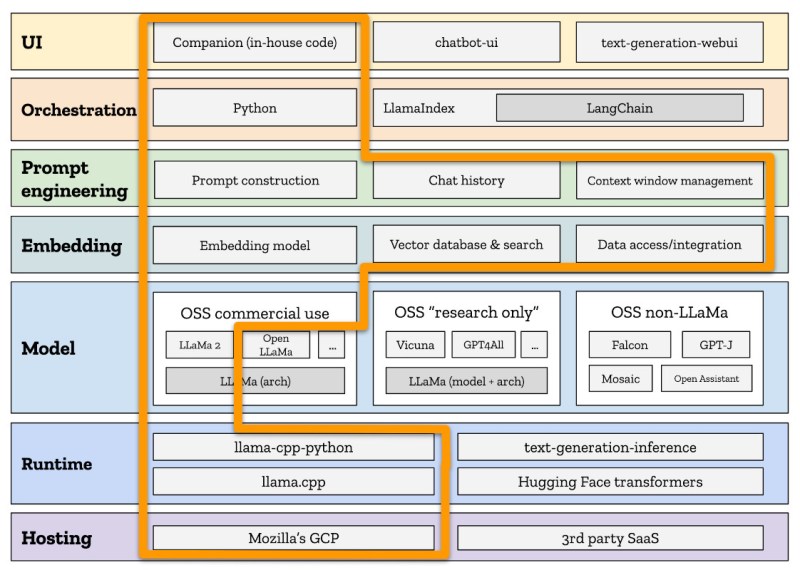Detecting AI-Generated Text
There are no reliable ways to distinguish text written by a human from text written by an large language model. OpenAI writes:
Do AI detectors work?
- In short, no. While some (including OpenAI) have released tools that purport to detect AI-generated content, none of these have proven to reliably distinguish between AI-generated and human-generated content.
- Additionally, ChatGPT has no “knowledge” of what content could be AI-generated. It will sometimes make up responses to questions like “did you write this [essay]?” or “could this have been written by AI?” These responses are random and have no basis in fact.
…




